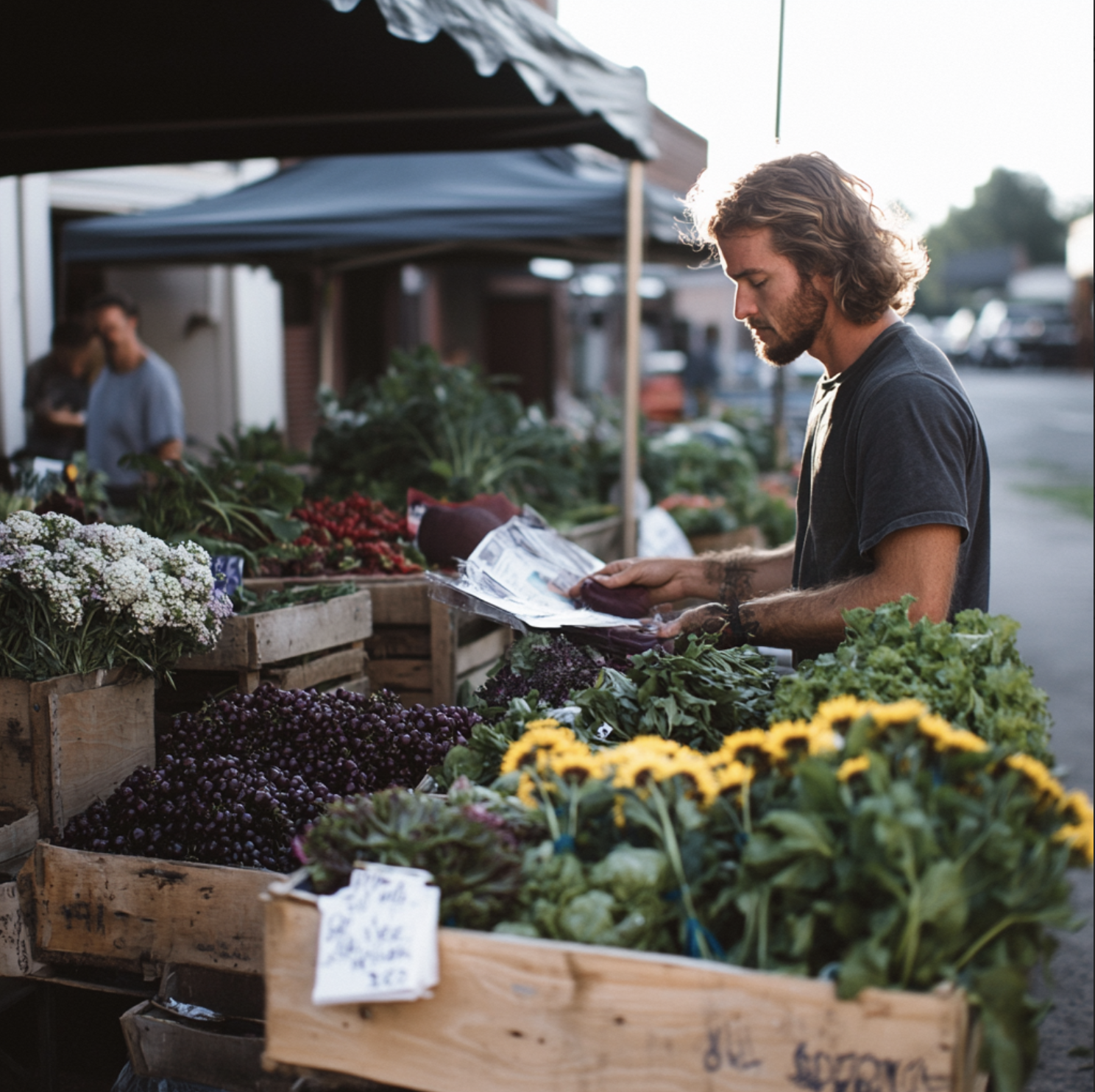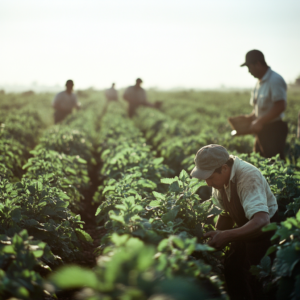Growing high-quality produce is only half the battle in today’s agricultural market. If you want to sell more, you need more than just a good-looking crop—you need the right information to go along with it. Buyers, retailers, and consumers all want to know exactly what they’re getting, where it comes from, and why it’s worth buying. That’s where clear, accessible information can make all the difference.
In an industry where margins are tight and competition is fierce, providing detailed product information can help farmers build trust, secure better deals, and move their produce faster. Let’s break down why information matters and how you can use it to your advantage.
Why Buyers and Consumers Care About Information
In the past, a handshake and a reputation were enough to sell produce. These days, buyers and consumers expect more. Transparency isn’t just a trend—it’s a necessity.
For Buyers and Retailers:
- Traceability Matters: Grocery stores and distributors need to know where produce comes from in case of recalls or food safety concerns.
- Certifications and Compliance: Buyers prefer farms that meet standards like organic, non-GMO, or GAP (Good Agricultural Practices) certification.
- Consistency and Quality Assurance: Providing details about growing practices helps buyers feel confident in the reliability of your produce.
For Consumers:
- Food Safety and Freshness: Shoppers want to know how their food was grown, harvested, and handled.
- Sustainability and Ethical Farming: More consumers are willing to pay a premium for produce from farms with sustainable or ethical practices.
- Nutritional and Usage Information: People appreciate knowing the best way to store, prepare, and enjoy fresh produce.
How Information Helps Farmers Sell More Produce
1. Digital Traceability and QR Codes
One of the best ways to provide instant, reliable information is by using digital tools like QR codes. Instead of relying on word-of-mouth or printed labels, farmers can give buyers and consumers direct access to details with a simple scan.
- What It Does: QR codes can link to information on harvest dates, farming practices, safety certifications, and more.
- Why It Works: Buyers get instant proof of quality and compliance, while consumers feel more connected to the farm that grew their food.
2. Storytelling Builds Brand Loyalty
People don’t just buy produce—they buy a story. Sharing your farm’s history, mission, and commitment to quality can make your products stand out.
- How to Do It: Use social media, farm websites, or digital labels to highlight what makes your farm unique.
- Why It Works: Buyers and consumers remember brands that offer a personal connection, leading to repeat sales and stronger relationships.
3. Providing Data for Better Pricing and Negotiation
Buyers want reliable suppliers, and the more data you provide, the stronger your position in price negotiations.
- What Buyers Want to See: Yield forecasts, shelf-life data, and quality assurance reports.
- How It Helps: Showing that you can consistently deliver high-quality produce with supporting data gives you more leverage in contract discussions.
Selling produce isn’t just about what you grow—it’s about how well you communicate its value. Whether it’s using QR codes for instant traceability, telling your farm’s story, or providing key data to buyers, the right information can give you a competitive edge.
By making it easy for buyers and consumers to understand where your produce comes from and why it’s worth choosing, you set yourself up for stronger sales, better contracts, and a more resilient business. In the modern agricultural market, the farms that share the most, sell the most.




